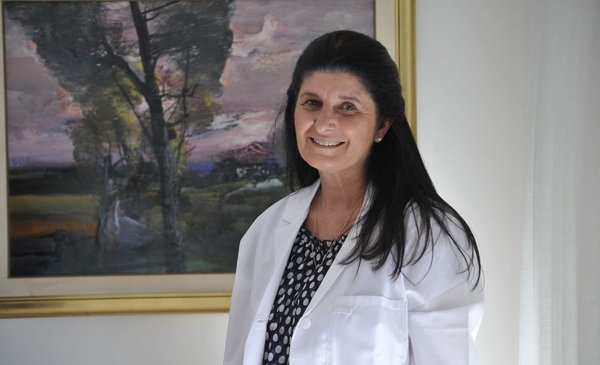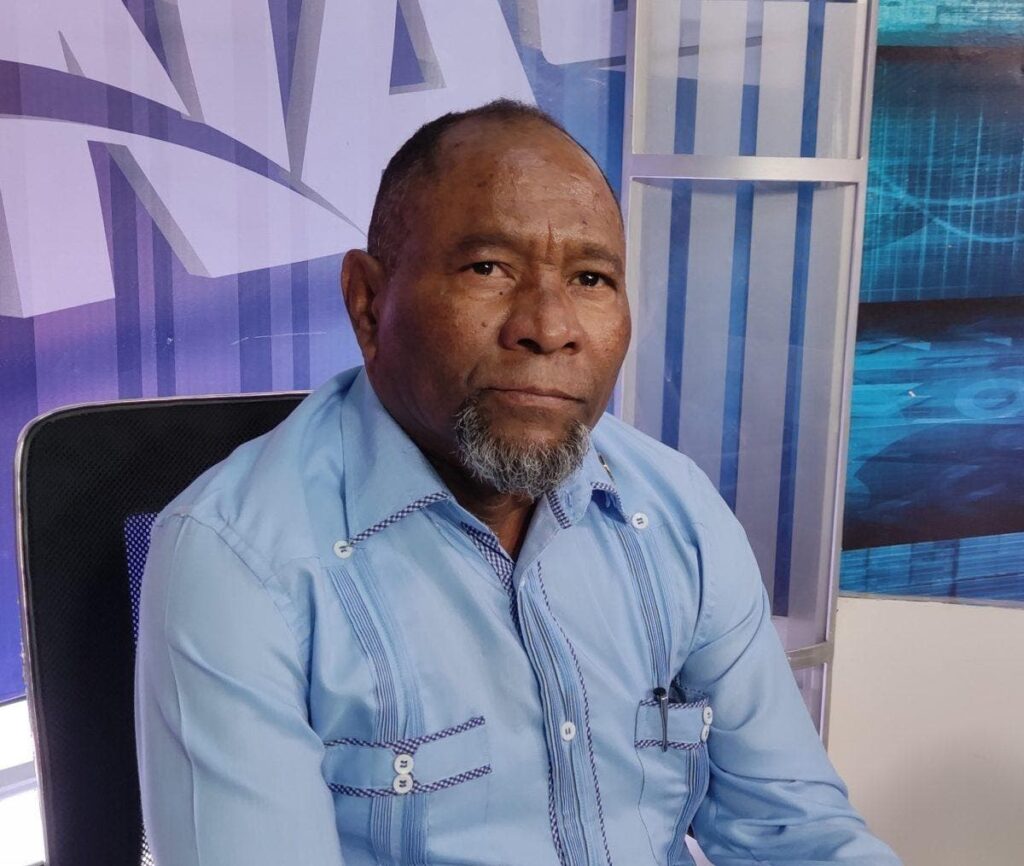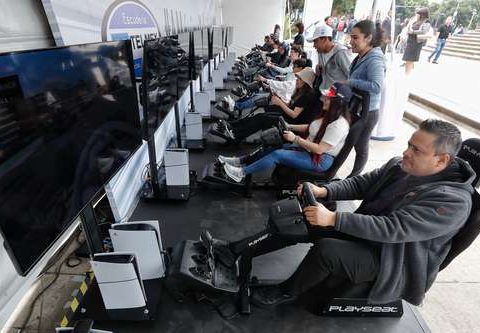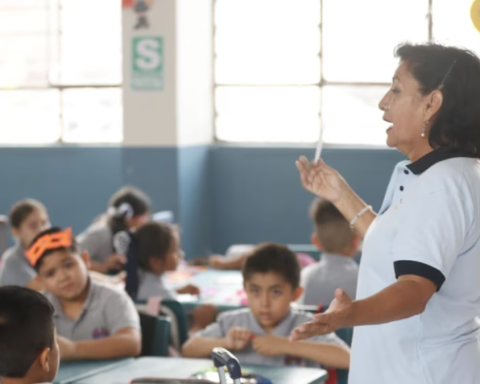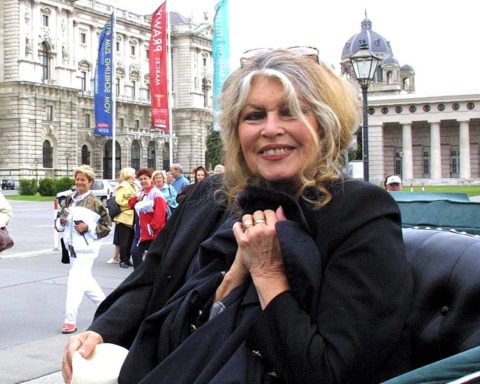No one who has asked to die for suffering unbearable suffering, after receiving palliative care (CP) remains in that position, says Laura Ramos, an internist who has been accompanying patients for 20 years to accept their illness and die “in peace.” . From her experience, she says that when they have contact with PCs, patients not only change their minds but also achieve quality of life and live longer. On the contrary, she believes that it is difficult for a person who knows that “the next day at 5 in the afternoon he is going to be euthanized, to be at peace because he is suffering and those around him are also suffering.”
According to statistics, between 10% and 20% of patients with incurable diseases “have severe suffering”. “These people don’t want to die, what they don’t want is to suffer or live like this,” says the doctor who works at ASSE, mutual insurance companies and private insurance companies and was trained in Humanized Medicine in Barcelona. That is why the first objective of PC is to remove physical pain, since a patient with this condition can have up to ten different symptoms. The most frequent in oncological pathologies are: pain, nausea, constipation, vomiting, weakness, fatigue, shortness of breath, hiccups.
In those cases, Ramos assures that with the appropriate medication in 24 or 48 hours the physical symptoms can be alleviated. Although when talking about drugs and palliative care one tends to think of morphine, he says that this medication will not necessarily be applied. “Morphine is an excellent analgesic but there is a prescription of opioids to control pain. There are stronger opioids than morphine that have fewer side effects and allow us to remove any type of pain in 24 hours. No one should be in pain,” he warns.
Then he clarifies that the medications that are supplied “are those that, from the pathophysiological point of view, any doctor would give. If, for example, the patient has shortness of breath because he has heart failure, we optimize the treatment of the body’s normal mechanisms, but if he has severe heart failure we go to palliative treatment, which in this case can be the use of morphine (it is used for pain and heart failure). of air)”.
In any case, the patient is usually in emotional distress. Many of those asking to die state that they feel like a burden to their families. This was the case for Antonio, an 89-year-old migrant from Spain with COPD who was bedridden. He had lived through the civil war, he had gone hungry and he had been separated from his parents because of the war, in Uruguay he prospered, with an intense life of work he gave his daughters a future but now he lived alone, he had lost the ability to fend for himself and it felt like a burden.
“We started to review his life, he had several grandchildren, he had had a lot of achievements, he had a very rich spiritual life, although he was not religious. He understood that he was part of such a large universe that is life, and just as life had been given to him, he was soon going to leave his body,” says Ramos, who says that they also worked a lot on “the legacy”: what one could contribute others, and thus managed to settle conflicts and close wounds or guilt.
A “healing” process where “the nonsense is over”
PCs try, on the one hand, to give the patient the security that medicine is going to give him all the treatment tools that exist and, on the other, it is going to help him so that he can “adapt to his new reality,” says Ramos. But before that, it will be It is necessary to rule out that the person has a picture of depression or anxiety or sleep disorder, for which they are asked “beyond pain and other physical symptoms, what other things cause them discomfort or make them suffer.”
Every person who goes through a disease goes through a process that manifests itself in stages: denial comes first, then they get sad or angry “until they manage to negotiate and find a way out,” says Ramos.
Once that exit is found, the patient lives a “very rich path” and a “healing process,” says the specialist. “He manages to connect with himself, reread his life, review what values he has had, what his achievements have been, his goals, everything he has cultivated along his path. In life we live very connected with the outside and little connected with the inside. This path of introspection leads to finding the essence of each one, and if we add to that strengthening ties with the family, with other people or with other things from the outside from a more human place, the patient reaches the richest stage of life and to die ´healthy´”, he affirms.
At this stage “the great truths are told, nonsense is over, conflicts that have dragged on for 30 years are resolved. The true value is given to what has been built”, adds Ramos.
Death is close and they talk about it “with their pants off”, they talk about what death is for each one, about what there is after this life. The doctor recognizes that faith is a very powerful security resource, whatever religion is practiced. “In my experience I have had the privilege of accompanying people for whom dying is a party,” she says.
That was the case of Ana, a psychologist and Buddhist who died at the age of 89 due to lymphoma, surrounded by nephews and with the hope of “undertaking her journey to another level of consciousness.”
Getty Images
Euthanasia
Another case that marked her was that of a woman who had no children and was cared for by her four nieces. She was unconscious and in her house. She “she had gone through all the vicissitudes and complications of the health system and her nieces were very nervous. They considered that she had not been given adequate treatment. When I first saw her I told them that she was dying.” According to the doctor’s account, they were offended and showed a lot of mistrust – they had Excel spreadsheets with the ampoules they provided-
As the days went by, they accepted what was happening. They began to take care of Aunt Norma from another place, they fixed her up, perfumed her, changed her clothes. Every day the tension lessened. “One day I arrived and the four of them were around the aunt telling stories, laughing, commenting that she had left them a little box with mandates for each of them, and that they had to open it when she died. I thought “now she is going to die” and that night, Aunt Norma left her body… She lived another 30 days since Ramos visited her for the first time and diagnosed her immediate death.
This case made the doctor realize that “what is seen with the eyes is not existence. Even if a person is only breathing and not in contact with the outside, they feel”, he says and gives the example of people who – in a state of coma or unconsciousness – wait for a child who is abroad to die. For this reason, living with death is for her a way of “resignifying” her own existence because she considers that death is “the great school of life” if it is experienced naturally.
Some facts about palliative care
-
56% of the people who have palliative needs in Uruguay receive them, while in Latin America, coverage is 4%.
-
In the case of pediatric palliative care, only 32% of providers provide it and they exist only in nine of the 19 departments.
-
The Palliative Care teams are made up of doctors, nurses, nursing graduates, psychologists, social workers, and they attend 365 days a year and 24 hours a day. In many cases they go to the patient’s home in teams, basically a doctor and a nurse.
